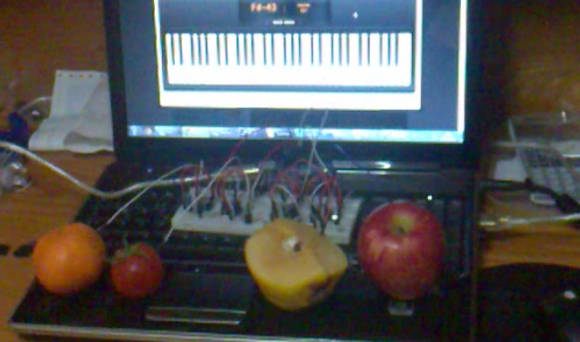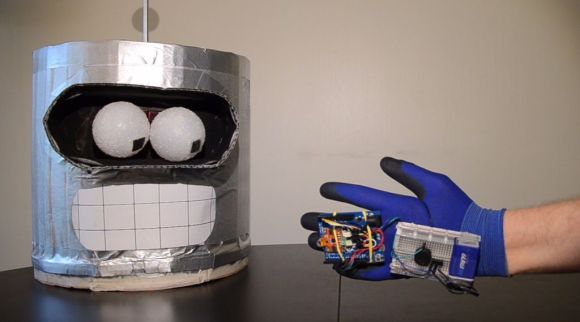
Before beginning his day, [Richard] needs to decide whether he should ride his bike to work or take the London tube. All the information to make that decision is available on the Internet – the current weather report, and the status of the subway lines and stations he’d be taking. The problem, though, is all these pieces of information are spread out in multiple places. [Richard]’s solution to this was to make a bicycle barometer that pulls data from these places and makes the decision to ride a bike or the tube for him.
[Richard]’s barometer is built around a nanode and an old clock he found at a flea market. The nanode queries the UK’s weather bureau and the London underground’s line and station status. All the variables under consideration are weighted; if it’s snowing, the output is much more likely to decide on the tube than if there was a slight drizzle.
It’s a really cool build that certainly makes a great use of the publicly accessible APIs made available by the London underground. You can check out a video of the barometer after the break.
Continue reading “Barometer Tells You To Take Your Bike Or The Train” →

















